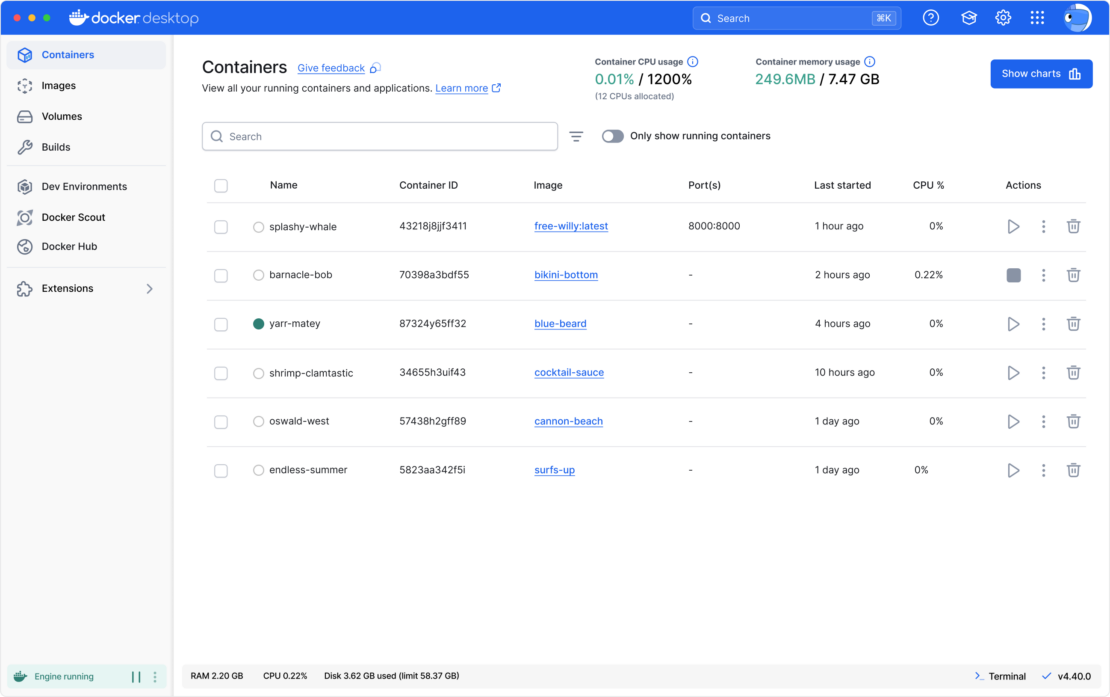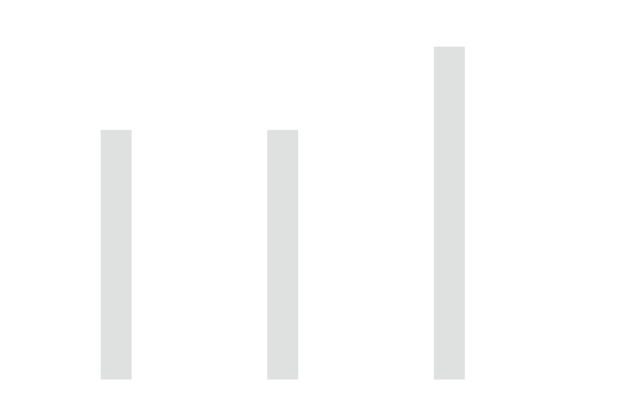Back
Gigaversity
Gigaversity.in • 7m
How We Reduced Docker Image Size by 70% Using AI-Powered Tree Shaking The Problem: Our Next.js + FastAPI Docker images ballooned to 1.2GB, severely impacting CI/CD pipelines. Traditional fixes—like multi-stage builds and the Alpine base image—only scratched the surface The Breakthrough Solution: 1️⃣ Trained a Custom CNN Model: Analyzed dependency trees to predict which layers/files were redundant. 2️⃣ Integrated Google’s SlimToolkit: Automated AI-guided layer pruning without breaking runtime dependencies. 3️⃣ Static Analysis + Runtime Validation: Ensured pruned images retained critical binaries (e.g., OpenSSL). Result: Images shrank to 400MB (70% reduction) with zero runtime errors. Why This Is a Game-Changer: Beyond Manual Optimization: Unlike typical "use Alpine" advice, AI identified hidden bloat (e.g., unused locale files, dev dependencies). Precision Over Guesswork: Manual reviews miss subtle dependencies; our CNN model flagged low-usage packages with 98% accuracy. Scalable for Microservices: Applied across 50+ services, saving 400 GB+ in registry storage and slashing deployment times. Key Takeaway: AI-driven static analysis isn’t just hype—it’s the future of DevOps. By automating optimization, we achieved results 2-3x better than manual methods, with safer, reproducible outcomes. 💡 Think your Docker images are lean? What’s the smallest you’ve achieved, and how? Let’s Discuss this below! 👇 #Gigaversity #Codesimulations #FullStackDevelopment #DevOps #Docker #FastAPI #Nextjs #BackendDevelopment #AIinTech #AIDevOps #MachineLearning #CloudComputing #SoftwareEngineering #AITools #Microservices #CICD #DeveloperLife #CodingCommunity #PythonDevelopers #JavaScript #BuildInPublic

More like this
Recommendations from Medial
Pratik Raundale
Cloud Devops Enginee... • 5m
Weekly DevOps Learning Recap This week has been super productive! Here's what I learned and practiced: Writing Dockerfiles from scratch for Node.js applications Creating and managing docker-compose.yml files Deploying databases like MongoDB and
See More

Pratik Raundale
Cloud Devops Enginee... • 5m
This Week's Learning Journey - Cloud, DevOps, Node.js & Docker. This week has been packed with hands-on learning and growth. Cloud & DevOps Gained a solid understanding of AWS services like EC2, S3, and CloudFront. Deployed my first application on
See More
Account Deleted
Hey I am on Medial • 1y
🚀 Optimizing Docker builds goes beyond just speed; it’s a game-changer for reducing deployment costs, enhancing security, and ensuring consistency! 🛠️ Every layer and dependency counts—large images can slow down deployments and inflate costs. Don't
See More
Himanshu Singh
Help you to build yo... • 11m
As a backend engineer. You should learn: - System Design (scalability, microservices) -APIs (REST, GraphQL, gRPC) -Database Systems (SQL, NoSQL) -Distributed Systems (consistency, replication) -Caching (Redis, Memcached) -Security (OAuth2, JWT
See More
Anonymous
Hey I am on Medial • 11m
Hi! I’m an experienced Spring Boot Developer with expertise in building scalable microservices, REST APIs, and robust backend systems. Skilled in Java, Spring Framework, Hibernate, and database management (MySQL, MongoDB), I also bring knowledge of D
See MoreAbhishek Talole
DevOps Engineer @Dre... • 11m
I am now accepting freelance projects in DevOps and Generative AI domains. With hands-on experience in cutting-edge technologies, here's what I bring to the table: DevOps Expertise Proficient in Docker and Kubernetes for containerization and orches
See MoreVansh Khandelwal
Full Stack Web Devel... • 2m
Technical debt—extra rework from quick fixes—accrues interest and blocks innovation; nearly 60% of IT leaders cite it as a major barrier. Architectural observability tools like SonarQube and vFunction help teams identify, quantify and reduce debt: So
See MoreAnirudh Kamath
Cloud | DevOps | AI • 5m
Just launched 🚀 LabStack, a personal project I built to let developers spin up fully isolated, cloud-based dev environments right from the browser — in under 30 seconds ⚡ It’s powered by Docker 🐳 containers running on on-demand EC2 instances, orch
See MoreDownload the medial app to read full posts, comements and news.




































